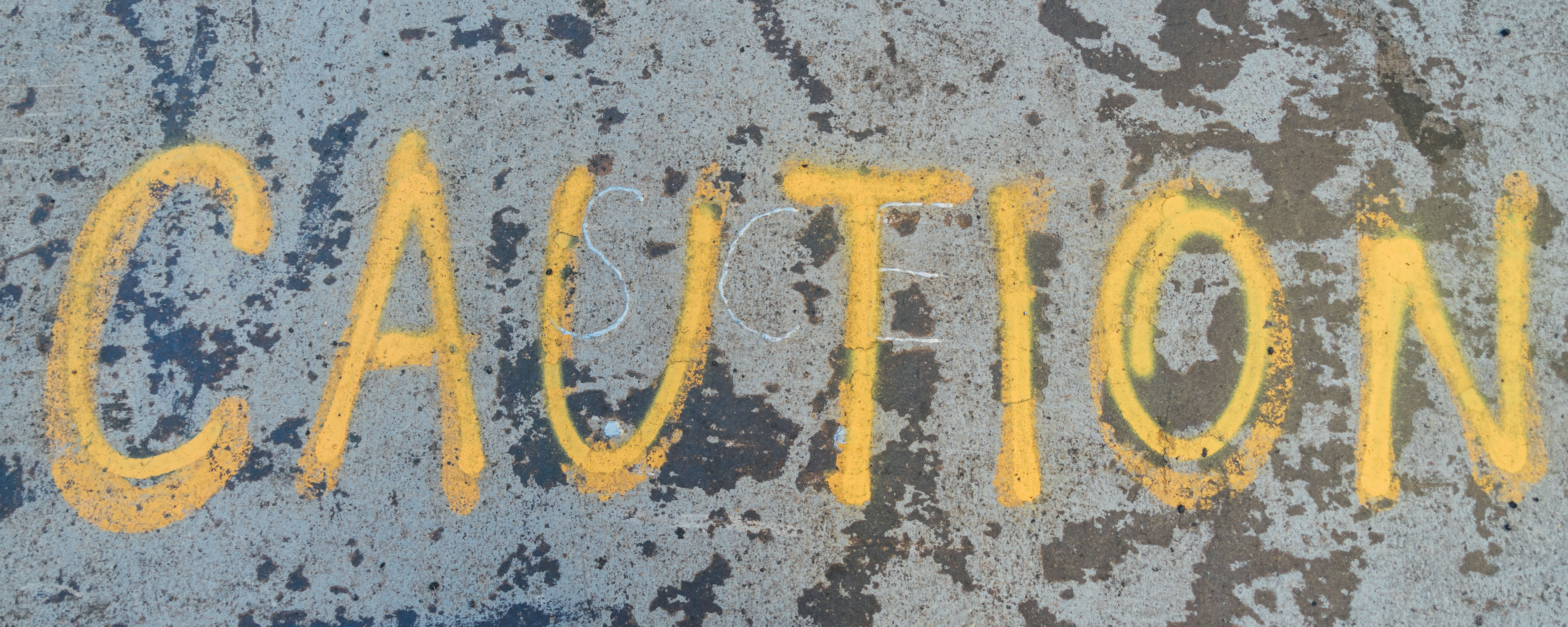
Tradies and tax debt… what you need to know now
25th May '18 • By John Papadopoulos
As a tradie, being self-employed has a lot of advantages; from flexible working hours to better hourly rates, many go down this route. But self-employment is a balancing act of business and work, meaning that some go full-steam ahead without realising they need to provision for personal tax payments month to month.


As an employee, tax provisions are done for you, so you don’t even see the money come in because it goes straight to the ATO, viola! When you’re working for yourself, payments like GST, Super for any employees and Pay As You Go tax (PAYG) don’t occur automatically and even the most organised can get caught out without the right advice.

Often, it can be a big shock at the end of the financial year, or at the end of many years, when there has been no tax planning and you end up with a lump-sum bill from the ATO.
As a registered bankruptcy trustee firm, we see a lot of people in this situation. People just like Jerry - who got a bit unstuck when running his business as a sole trader, a couple of years back.
Like many small business owners who are exceptional at what they do, Jerry put all his time and energy into trying to grow and operate his business. This meant that the obligations he didn’t enjoy as much, such as his finances, fell by the wayside… like the reporting and payment of his tax obligations to the ATO.

Jerry knew that he would probably owe tax, but he was so strapped for cash that when it came to lodging his income tax returns and Business Activity Statements, he just continued operating without doing so.
Jerry’s business had been gradually declining over time. After years of trying to generate a stable income, he decided that a steady pay cheque was the only way forward. Jerry benched the business and returned to work under an employer.
When Jerry finally lodged all his outstanding tax returns he was issued with a huge tax bill of $100,000. This was in addition to his existing debts, which included $20,000 of unsecured debt (consisting of a credit card and personal loan), and a car loan with a balance owing of $40,000.

Jerry tried to negotiate with the ATO to pay his debt in instalments, but the best he could get was a maximum instalment plan spanning 24 months.
While Jerry was on a taxable income of $80,000 per annum, the monthly repayments proposed by the tax office exceeded $4,000. This was almost 80 percent of Jerry’s after-tax income per month.
Despite this, Jerry tried his best to make these payments. Very quickly though, it became impossible to sustain in addition to rent, car loan payments, credit card payments and his remaining living expenses.
Jerry defaulted on his arrangement with the ATO.

During the months following the ATO’s demands for payment, Jerry approached three separate banks for help. The first bank told Jerry that they were unable to lend for tax debt. The second bank told him that they were only able to lend if he owned a property with sufficient equity, which he did not. The third bank told Jerry that they couldn’t assist him for the same reasons as banks one and two, but also because he now had multiple credit applications listed on his credit file.
Jerry didn’t really have any assets to sell, his car was subject to a car loan, so selling that wouldn’t generate any money to pay to the ATO. If anything, it would probably leave him with remaining debt and no car.

He faced a similar situation with his household items. Selling the furniture and basic contents he did have would fail to raise anywhere near enough money to fix the tax debt and leave him without necessary household items that would eventually need to be replaced (and probably at a greater cost).
After careful consideration, Jerry decided to file for bankruptcy.

His contributions towards his unsecured debt fell dramatically – to less than $280 a month. This was as a result of his income contribution assessment in bankruptcy, which he paid for the next three years while he remained bankrupt.
Jerry received a listing on the NPII, the federally kept record of all Australian personal insolvency administrations, and his credit report was impaired for five years in total. While the listing on his credit report would make it difficult to borrow again for five years, Jerry was practical – he knew he couldn’t borrow before bankruptcy anyway, due to his debt.
The main benefit was that he could breathe again. Life was far more positive, and he was eventually able to start saving for a home loan.

He still had the option to return to self-employment as a sole trader if he wanted to try running his own business again (although he had no plans to do so at that stage).
Jerry will be discharged from bankruptcy after three years and be able to purchase a property once he’s saved enough money for a deposit.
It’s a common story and we’ve dealt with thousands of clients who are honest, hardworking people who have fallen on bad luck, like redundancy, bereavement or a divorce, for example. Although it can be a lonely and very stressful experience when you are struggling to pay the bills, there are always options.
So, if you’re in a similar situation to Jerry, talk to the right people, get good advice and act quickly to avoid the pain and suffering of feeling like your life is spiralling out of control.

About the Author
John is a CPA with more than 13 years of personal insolvency experience up his sleeves. He’s also a manager at Aravanis, one of the largest registered bankruptcy trustee firms in Australia. Aravanis offers free bankruptcy-related information that’s specific to your individual situation. If you’re considering bankruptcy, give Aravanis a call on 1300 369 108. As one of Australia’s leading bankruptcy firms, they can take you through the options that might be available.